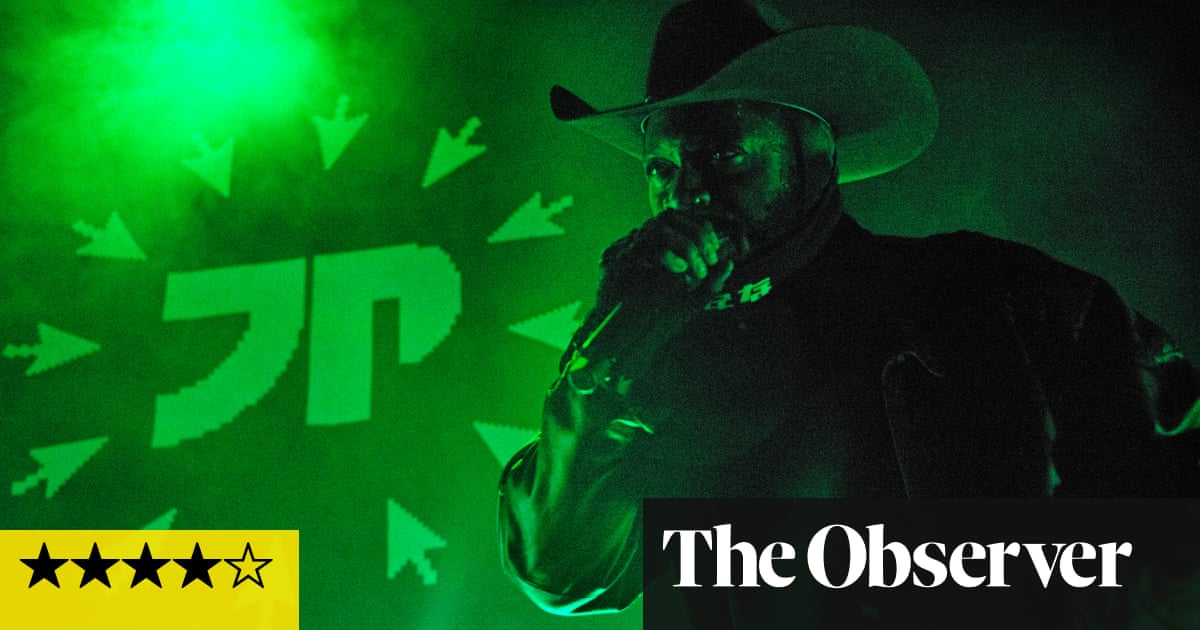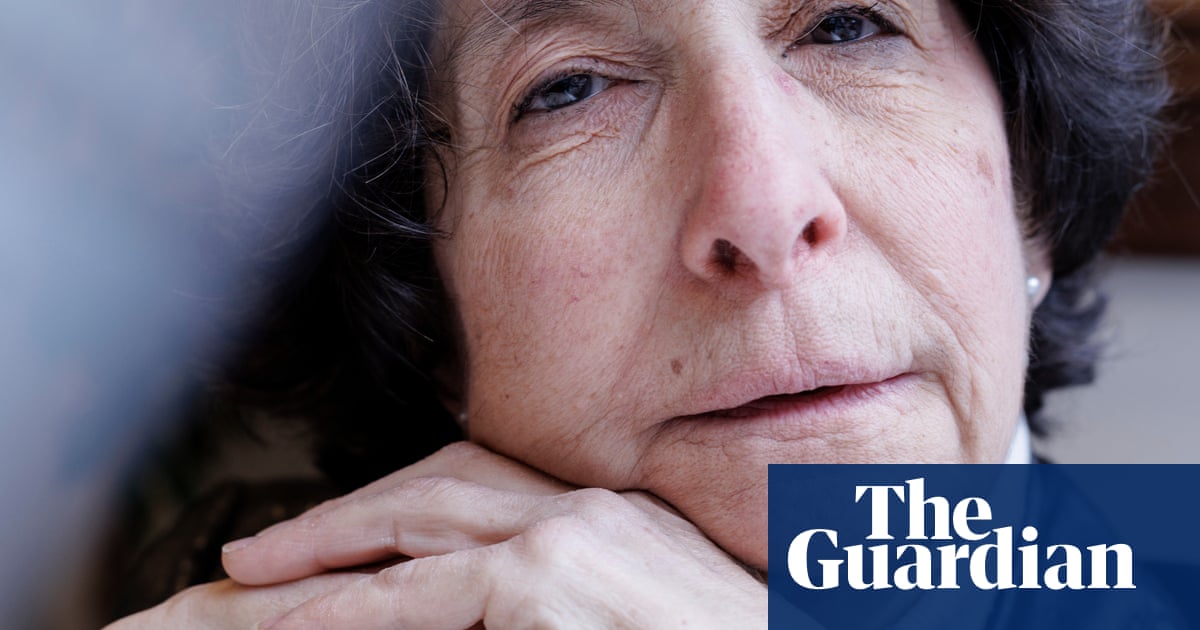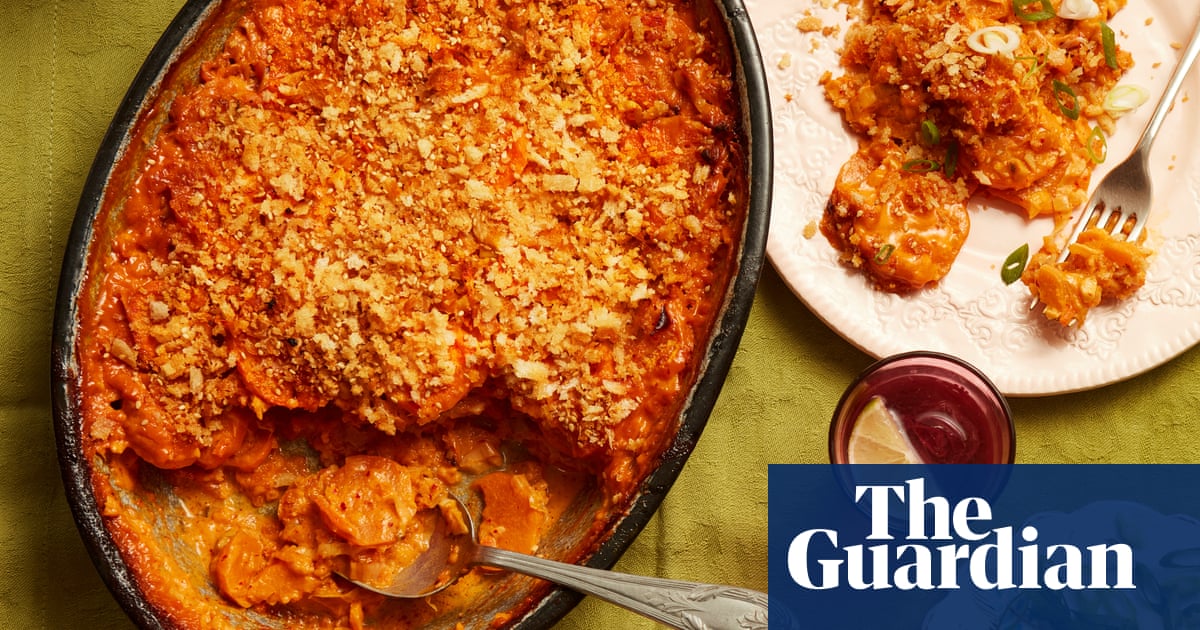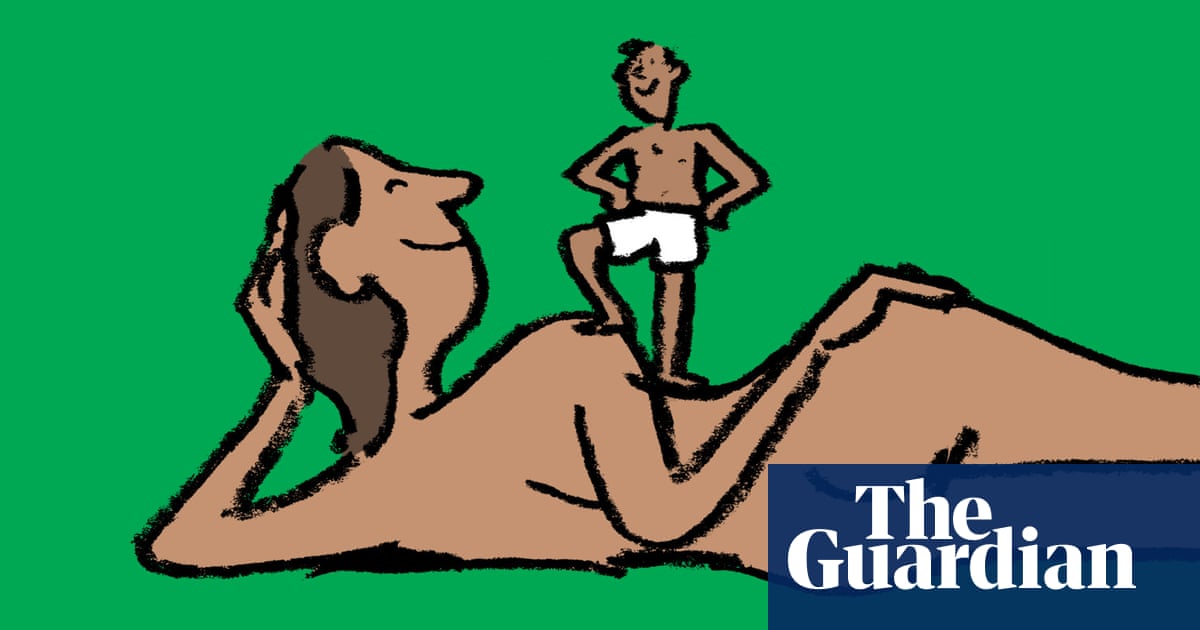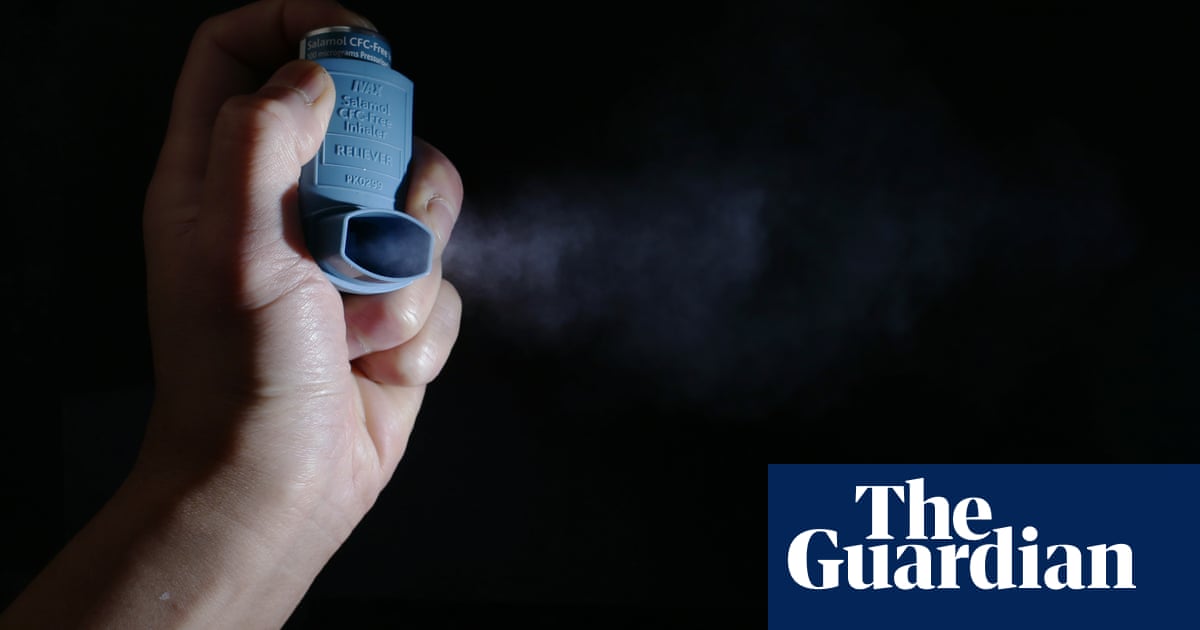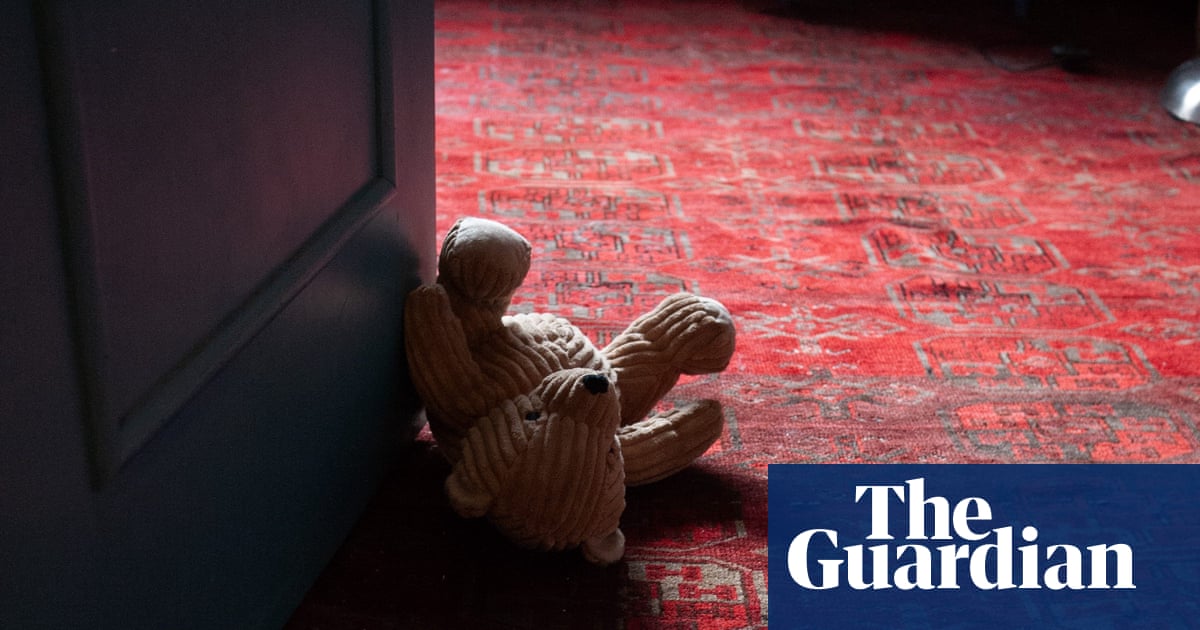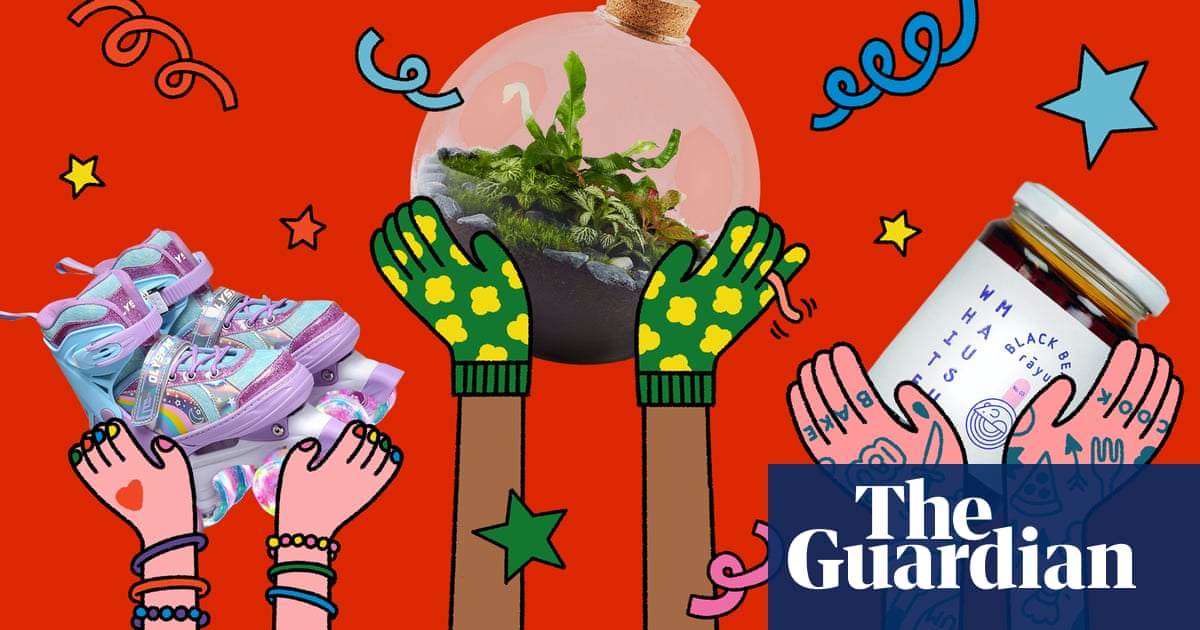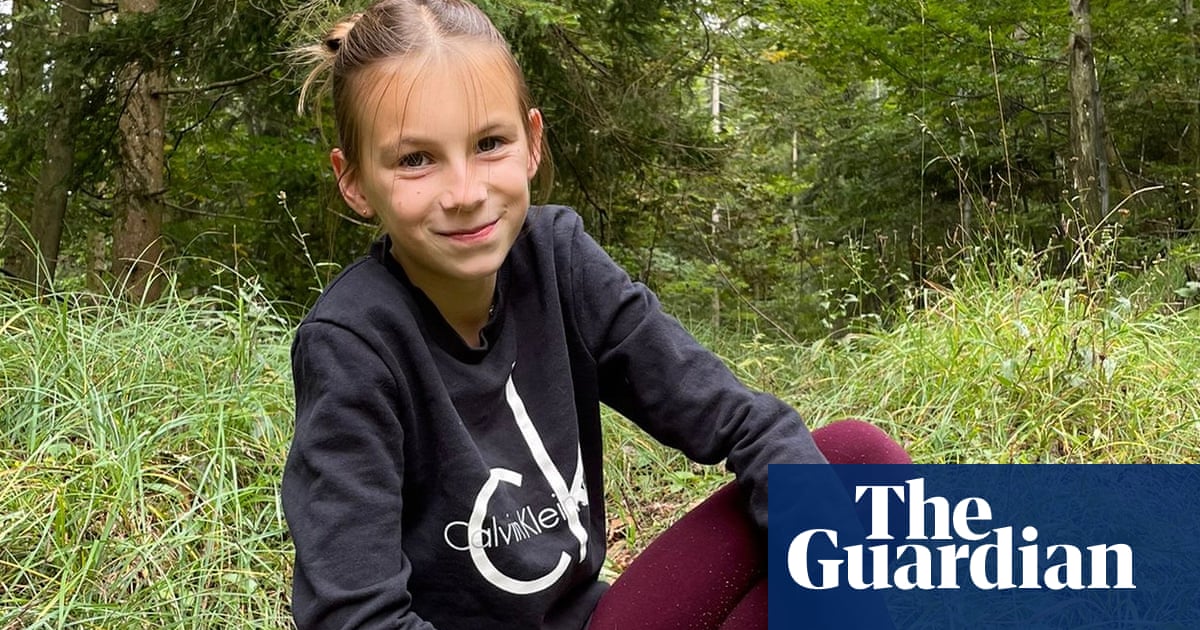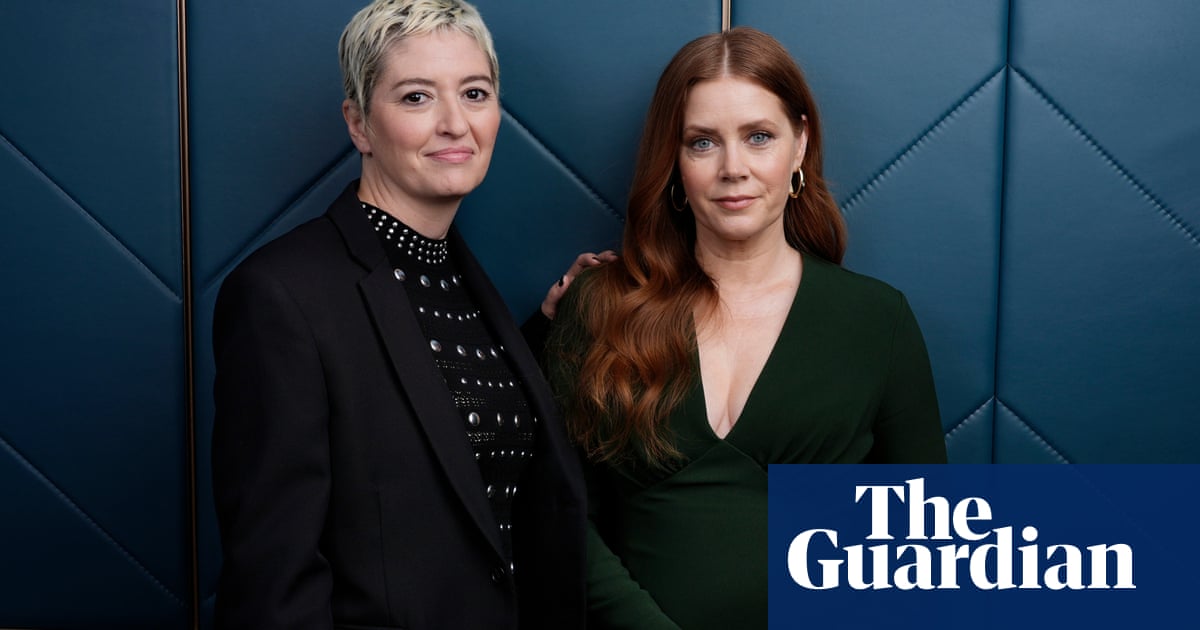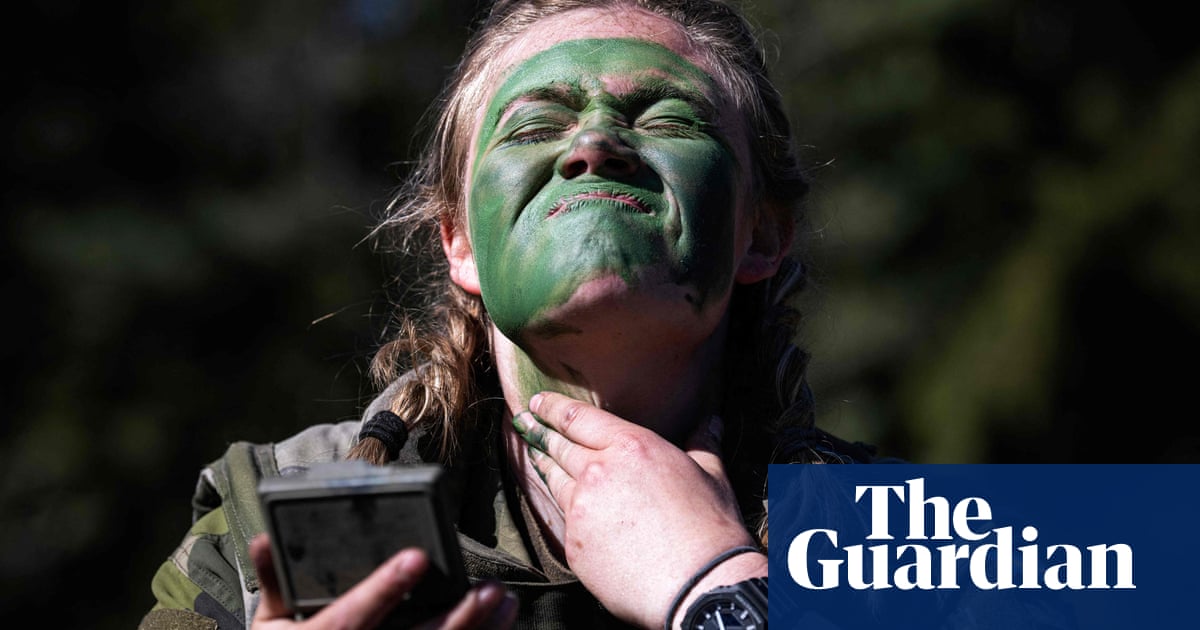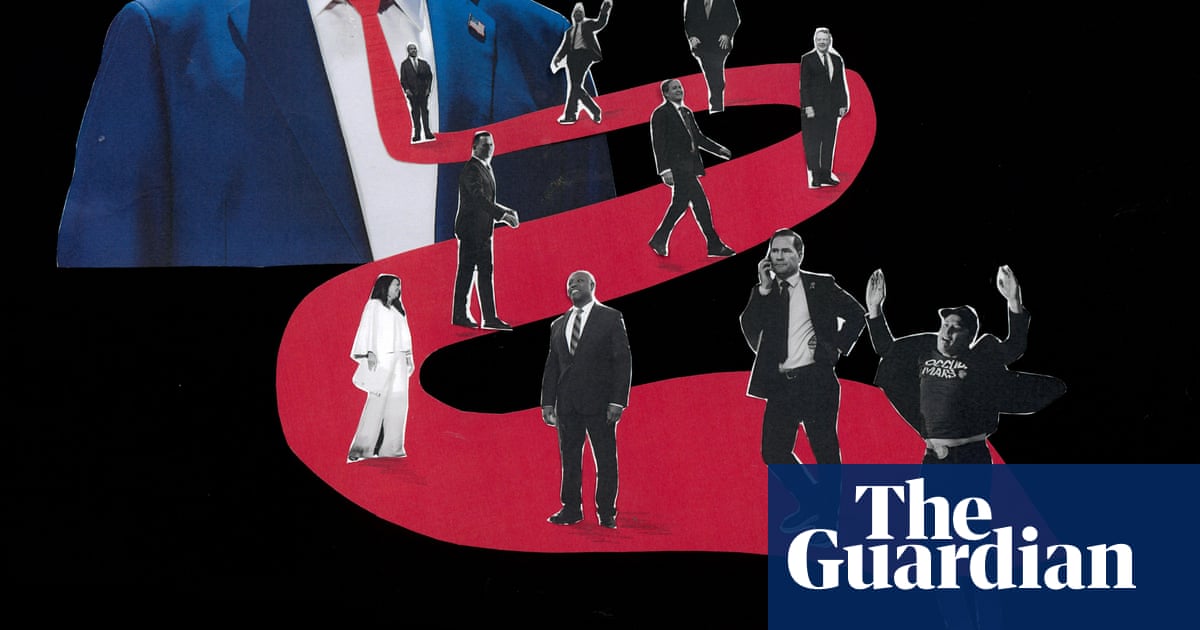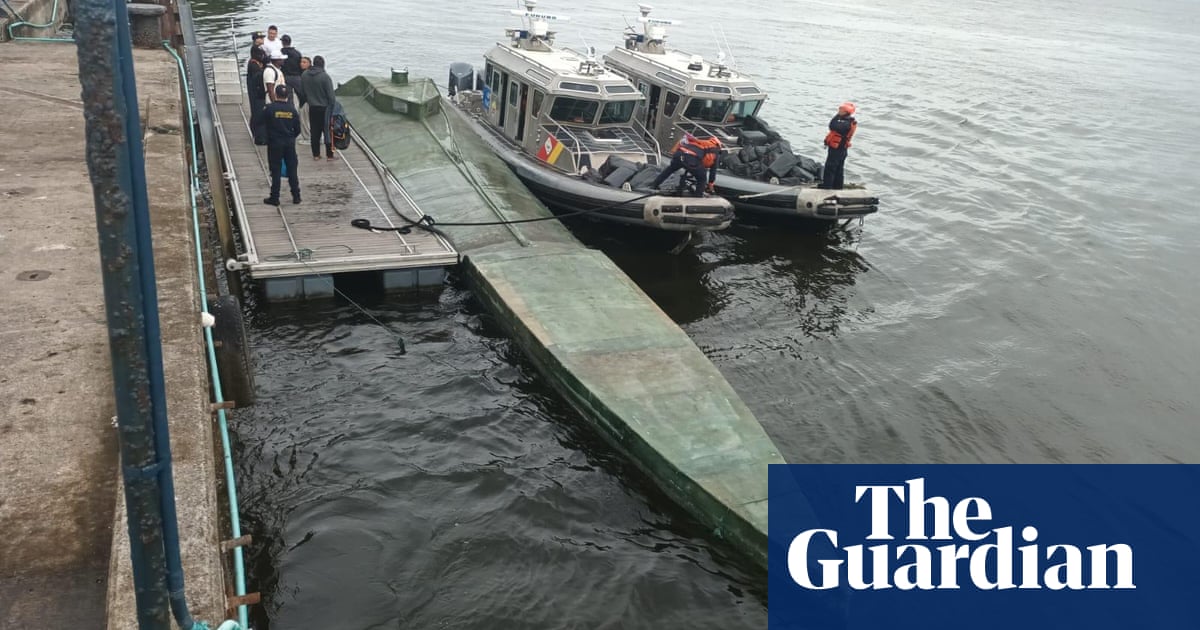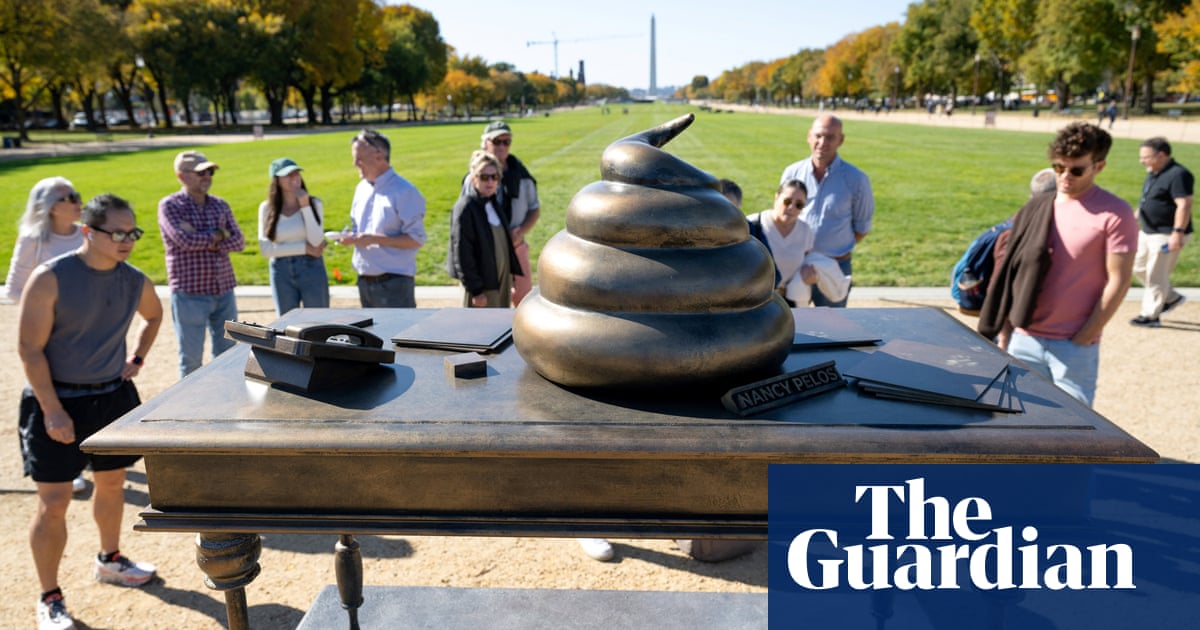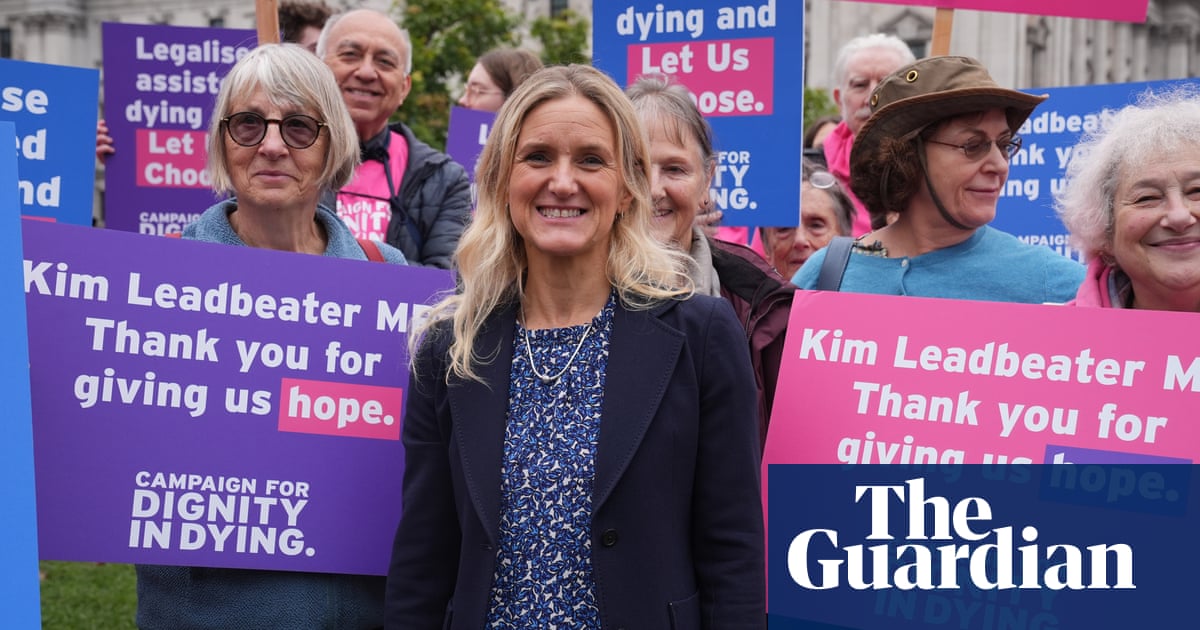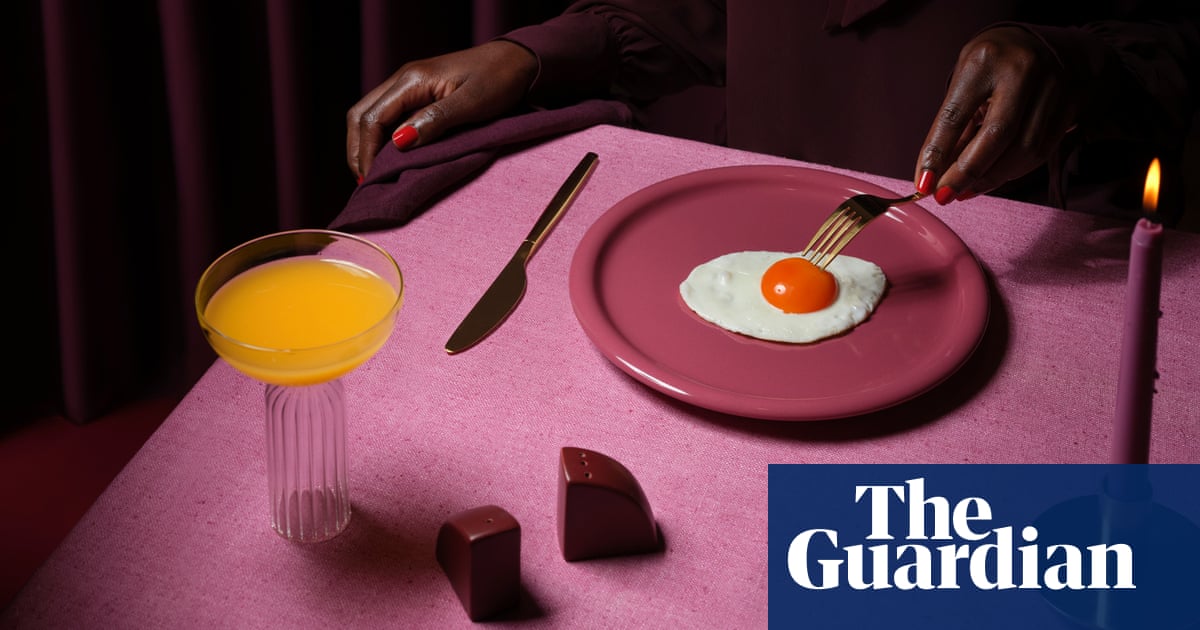In Boiling Crab, Daufuskie Island, South Carolina, a photograph by Jeanne Moutoussamy-Ashe, a lanky Black boy stares squarely at the camera.
The child, wearing a trucker hat and summer clothes, holds a canister of salt and stands over a pot brimming with crabs. Two older gentlemen on opposite sides of the vat tend to the upcoming meal, possibly uncles, a father and grandfather, or cousins.
Perhaps the photo is of an average seafood boil dinner, a common occurrence in the South Carolinian heat. Maybe the boy is learning how to tend to the crabs for the first time. The exact context of the photo is unknown, but the image is one of many by Moutoussamy-Ashe that superbly capture Black life on Daufuskie Island.
Jeanne Moutoussamy-Ashe and the Last Gullah Island, an exhibit at the Whitney Museum of American Art in New York City, features 13 intimate images of the Gullah Geechee people in Daufuskie, located between Hilton Head Island and Savannah, Georgia. The Gullah Geechee – enslaved people who labored on the Sea Island plantations, and their descendants – built communities all along the eastern coast of the US, from North Carolina to Florida. The exhibit is on view until May.
From 1977 to 1982, Moutoussamy-Ashe visited Daufuskie, building relationships with the Gullah Geechee people and snapshotting rare pictures of their quotidian life. Born in Chicago, Illinois, the photographer had just returned from a six-month independent study in west Africa before she traveled to the island. At the time of her initial visit, there were only 80 permanent residents left on Daufuskie, a drastic drop from the thousands of Gullah people who had once resided there. Today, just 3% of the island’s population is Black.
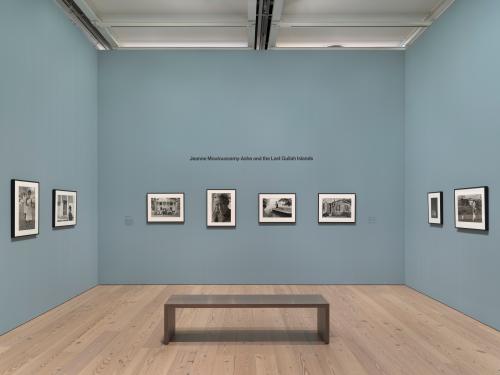
Moutoussamy-Ashe’s series of monochrome images include candids of weddings, stills of a church gathering and everyday portraits of the island, showing a way of life that is treasured and fast fading.
Like many historic Black alcoves, Daufuskie has been altered by decades of gentrification. After the American civil war, many Gullah people who were already on Daufuskie made the island their permanent home once the plantation owners had left. They cultivated the land and preserved their rich culture and language, an English-based creole. But development, unfair zoning practices and other challenges have caused a sharp decrease in the Black population on the island.
Moutoussamy-Ashe’s photos offer a more private understanding of Black folks in Daufuskie, one not defined by white developers who have turned Daufuskie into a destination for tourists. The area is a placid haven in Moutoussamy-Ashe’s images. Jake and his Boat Arriving on Daufuskie’s Shore, Daufuskie Island, SC, for instance, features a man paddling a boat across a rippling river. Swooping trees frame either side of the man, who peacefully rows the vessel. The landscape looks expansive, with the scenery appearing to go on for miles. Such scenes of stillness would become rare as residents were largely driven out by the encroachment of others.
Another subject are Daufuskie’s older adults, lynchpins of the community, as a means to give them wider recognition through her photography. A photograph named Lavinia “Blossom” Robins is a portrait of Blossom, the “matriarch of the island”, Moutoussamy-Ashe said in an interview with the Whitney. Blossom led the charge against development, residents told Moutoussamy-Ashe, opposing a new spa that was being constructed on the island. In the photographer’s rendering, Blossom’s gaze is gentle but knowing, as she quietly smiles at the camera. Her hair is parted into soft, small braids; her wrinkles and other signs of ageing are on full display. It’s an intentional inclusion to highlight all that Blossom has borne witness to.
The images are proof of the Daufuskie community that has remained despite attempts to remove them from their own land. One photo titled The Bride, the Groom, and their Guests, Daufuskie Island, SC captures a wedding party outside the island’s Union Baptist church. More than half of Daufuskie’s locals are pictured. It’s the kind of image that feels like it belongs in a family photo album. The smiling bride and groom stand slightly off-center, bringing into focus the generations of support behind them, the tight-knit essence that remains.
What makes Moutoussamy-Ashe extraordinary is the trust that she built with residents. She took stills of kitchens, of community members riding in windowless cars. Her images don’t reek of an outsider entering the township without permission, but rather of a welcome guest.
At first, residents were unsure why she was so keen on photographing their tiny community. But in 1979, a hurricane hit the island, destroying several structures that she had documented. “They began to understand what was happening to their island and what was happening over time,” she said in the Whitney interview. “They allowed me the freedom and the generosity and the openness to allow me to come into their lives and photograph them.”
The resulting photos are proof of that confidence in her and in the broader mission to preserve their community for as long as possible, a task that was met through her excellent work.

.png) 3 hours ago
1
3 hours ago
1






